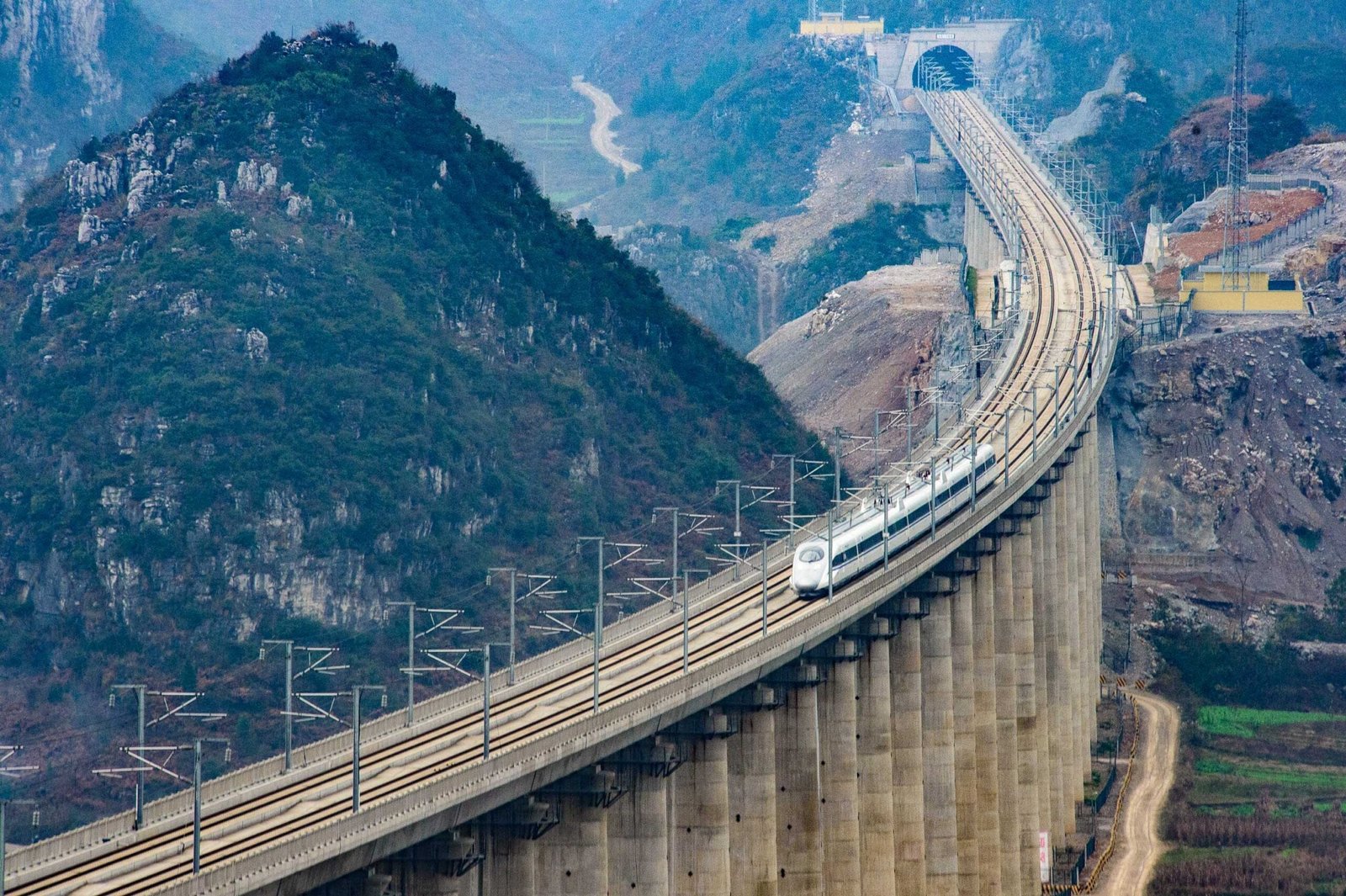Unraveling the Mystique of Tibet: Understanding Travel Restrictions and Cultural Preservation
Tibet, a land shrouded in mystique and spiritual allure, beckons travelers with its rich cultural tapestry and breathtaking landscapes. However, traveling to this enigmatic region often comes with complexities, primarily due to political, security, rights, environmental, and cultural factors. This comprehensive guide explores these dimensions, offering insights into why travel might be restricted and how these restrictions impact the preservation of Tibet’s unique heritage.
Environmental Stewardship: Protecting Tibet’s Natural Wonders
Home to pristine landscapes and delicate ecosystems, Tibet’s environmental health is paramount. The region, encompassing parts of the majestic Everest Base Camp trek, requires careful management to safeguard its natural beauty. Travel regulations play a crucial role in protecting these environments from the impacts of tourism and preserving them for future generations.
Cultural Heritage: Safeguarding Tibet’s Soul
Tibet’s rich cultural identity, from its language and religious practices (predominantly Buddhism) to its traditional lifestyle, is a treasure that demands preservation. Travel restrictions are sometimes seen as necessary to shield this distinct heritage from external influences, ensuring the continuity of its ancient traditions.
The Traveler’s Perspective: Navigating Tibet’s Complexities
For travelers dreaming of exploring Tibet, from its spiritual centers like Lhasa to the adventurous Everest Base Camp trek, understanding these nuances is crucial. While these restrictions might pose challenges, they also underscore the importance of responsible and respectful tourism. Embracing the Tibetan culture, respecting its customs, and being mindful of the environmental footprint are key to a meaningful visit.
Political Landscape: The Core of Travel Restrictions
Tibet’s intricate history, marked by its relationship with the government, is a primary reason behind travel restrictions. The ongoing dispute involving Tibetan seeking Social Stability has led to heightened sensitivities. This political backdrop makes the government cautious, often leading to stringent control measures to maintain its influence over the region.
National Security: A Balancing Act
The specter of National Security law and clashes between Indian and Chinese authorities paints Tibet as a region of potential Threat. From the perspective of the Chinese government, limiting travel to Tibet is seen as a necessary step to uphold national security and ensure regional stability.
The International Glare and concern
Tibet has often found itself at the center of global discussions, particularly concerning religion and the preservation of its unique culture. Travel restrictions are viewed by the government as a way to manage the flow of information and minimize international scrutiny over these sensitive issues.
Tibet Travel Guide: A Path to Conscious Exploration
Planning a journey to Tibet requires thorough preparation. Prospective travelers should stay informed about the current political climate, obtain necessary permits, and choose travel itineraries that align with regional regulations. Engaging with local communities, learning about Tibetan Buddhism, and experiencing the region’s unique way of life enrich the travel experience while contributing positively to cultural preservation.
Conclusion: Embracing Tibet’s Complex Tapestry
Traveling to Tibet, with its blend of stunning landscapes, profound spirituality, and rich history, is an experience like no other. However, it comes with a responsibility to understand and respect the reasons behind travel restrictions. As stewards of global heritage, travelers have the opportunity to contribute to the preservation of Tibet’s unique cultural and natural legacy, ensuring that this mystical land continues to captivate and inspire for generations to come.

















